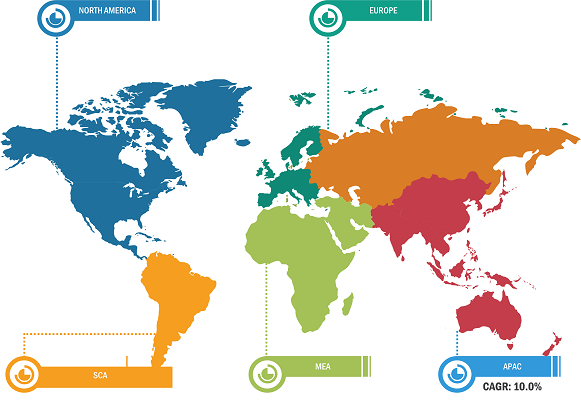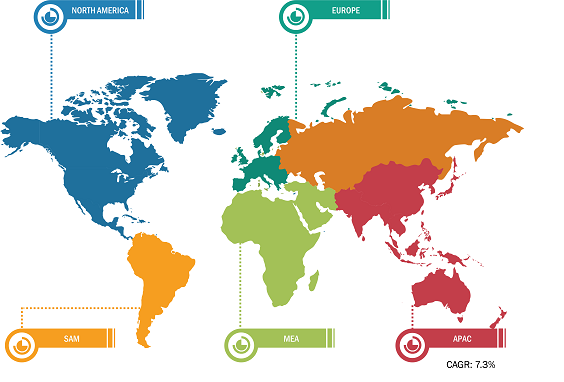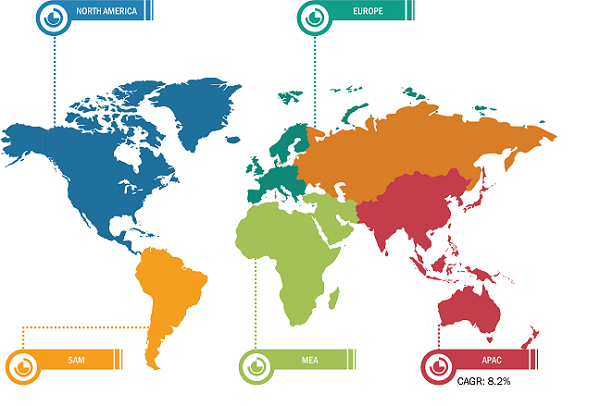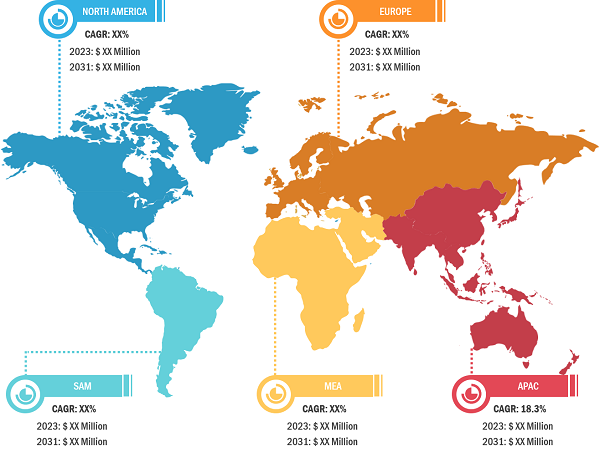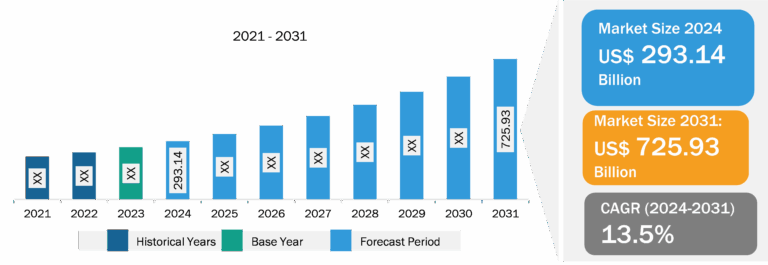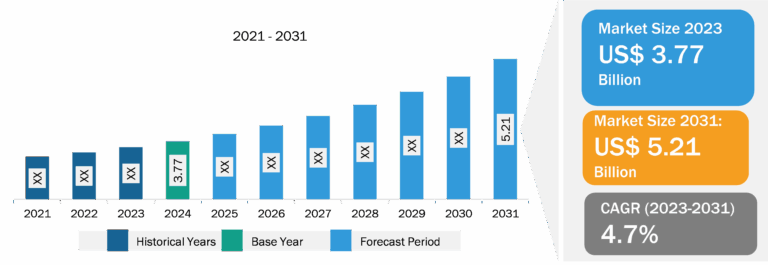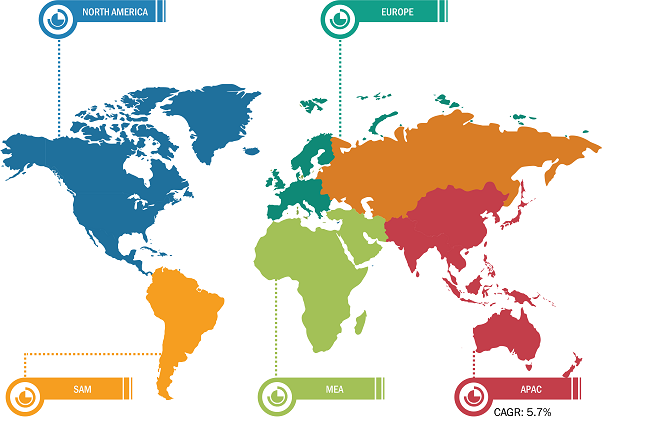
Household Fans Market
The household fans market consists of small electrical appliances dedicated to the circulation and cooling of air in home environments. This includes various fan types, such as ceiling fans, pedestal fans, table fans, tower fans, and wall-mounted fans. Factors such as rising temperatures, increasing urbanization, and raising awareness for energy-efficient cooling solutions are a few of the major driving the growth of the household fans sector. Innovative technologies have led to the creation of smart fans, such as remote-control fans, fans with variable speeds, fans integrated into home automation systems, etc. The intensity of competition is high, with both well-known brands and newcomers competing for market share through product innovation, energy efficiency, and aesthetic design. Geographical preferences and climatic conditions affect customer choices, as tropical and subtropical areas are more prone to higher temperatures, leading to huge demand. As environmentally-conscious consumers rise to the forefront of the consumer world, more and more people are showing an inclination for energy-efficient appliances and those using sustainable materials.
The housing market growth is attributed to various factors such as population increase, urbanization trends, and favorable economic conditions. According to Redfin, the number of houses sold in January 2024 was 284,121, which was 1.8% higher than the number of houses sold in January 2023. Residential construction is a crucial component of the private sector. It witnessed a noteworthy increase to a seasonally adjusted annual rate of US$ 856.3 billion in June 2023, marking a 0.9% rise from the revised May estimate of US$ 848.6 billion. In March 2023, the government launched the Housing Accelerator Fund worth US$ 2.96 billion to aid in the building of at least 100,000 homes across Canada. According to the US Census Bureau, in November 2023, the number of privately owned houses (at a seasonally adjusted annual rate) was 1.56 million units, a rise of 9.3% compared to 1.43 million units in November 2022. In February 2023, China launched an inbound investment program called the Qualified Foreign Limited Partnership (QFLP), which involved at least US$ 4.37 million of fundraising in its first round. The scheme is aimed at investing in residential and commercial housing projects. During the 14th Five-Year Plan (2021–2025) period, China announced its plans to allocate 6.5 million government-subsidized rental homes in 40 key cities to assist an estimated 13 million people in need of affordable housing. Nearly 219,000 old residential communities constructed in urban areas before the end of 2000 will most likely be renovated by 2025 to provide more housing. Additionally, smart ceiling fans are designed to work seamlessly with other home devices, such as thermostats, lights, WiFi, and security systems. The fans can be controlled by dedicated mobile apps that offer extensive control options, including scheduling, speed adjustments, and energy usage monitoring. Smart ceiling fans also reduce energy consumption resulting in lower electricity bills compared to conventional fans. The ability to control fans remotely and via voice commands can add a significant convenience factor. The rising demand for smart appliances prompts key market players to cater to the demand for smart ceiling fans.

In April 2024, Nex launched ceiling fans under the Dryft and Glyde series, offering 20% high air thrust. It features an IoT model, BLDC motor, Smart Connect–App, remote operation, and connection with Google Assistant and Amazon Alexa. In 2023, Atomberg launched the Internet of Things (IoT)-enabled smart ceiling fans called Atomberg Smart 2.0 series. It features in-app voice control, allowing consumers to operate the smart fans with voice commands. The app offers several other features, including performance analytics, enabling users to help track real-time metrics of their fans, such as run time, electricity consumption, and energy savings. However, air coolers add moisture to the air, which can be beneficial in dry climates without altering the air moisture content. As consumers seek more effective cooling solutions, the adoption of air coolers has been on the rise. Air cooler manufacturers are cost-effective alternatives. The competitive pricing strategies of these manufacturers make it a favorable alternative option for traditional fans.
Household Fans Market: Segmental Overview
Based on product type, the household fans market is segmented into ceiling fan, pedestal fan, table fan, exhaust fan, wall fan, and others. In 2023, the ceiling fan segment held the largest market share, and it is expected to register the highest CAGR from 2023 to 2031. Ceiling fans are often equipped with multiple speed settings and can rotate in different directions; counterclockwise rotation is used in summer to create a cooling breeze, while clockwise rotation in winter helps redistribute warm air trapped near the ceiling. Modern ceiling fans might also include additional features such as integrated light fixtures, remote controls, and smart technology compatibility, allowing for more efficient and convenient operation.
Based on distribution channel, the market is segmented into supermarkets and hypermarkets, specialty stores, online retail, and others. In 2023, the supermarkets and hypermarkets segment held a significant household fans market share. Major supermarkets and hypermarkets such as Walmart, Carrefour, Tesco, and Aldi offer a variety of fan options to cater to diverse consumer needs. These retail giants stock products from leading fan brands such as Dyson, Honeywell, Lasko, Vornado, and Panasonic, ensuring a variety of choices in terms of design, functionality, and price points. The convenience and accessibility of purchasing fans from supermarkets and hypermarkets make them a preferred shopping destination for many consumers.
Promotional activities and seasonal discounts bolster sales, with retailers often offering significant deals during the summer months. The availability of premium and budget-friendly options ensures that supermarkets and hypermarkets attract a wide demographic, from cost-conscious buyers to those seeking high-end, innovative models such as bladeless or smart fans. In addition, the growing consumer awareness about energy efficiency has led to a preference for energy-saving fans, which are prominently featured by major retailers.
In emerging markets, the expansion of supermarket and hypermarket chains has facilitated the broader availability of household fans. Chains such as Big Bazaar in India, Jumbo in the Middle East, and Shoprite in Africa are increasingly offering a variety of fan models, making these essential cooling devices accessible to a larger audience. This expansion, coupled with strategic product placements and in-store promotions, has significantly boosted the sales of household fans in these regions.
Household Fans Market: Competitive Landscape
Crompton Greaves Consumer Electricals Ltd, Honeywell International Inc, Lasko Products, LLC, Vornado Air, LLC, Panasonic Holdings Corp, Hunter Fan Co, Ozeri, SEG Products Inc, SEB SA, and TOSHIBA CORPORATION are among the key players operating in the global household fans market. Players operating in the market focus on providing high-quality products to fulfill customer demand.

